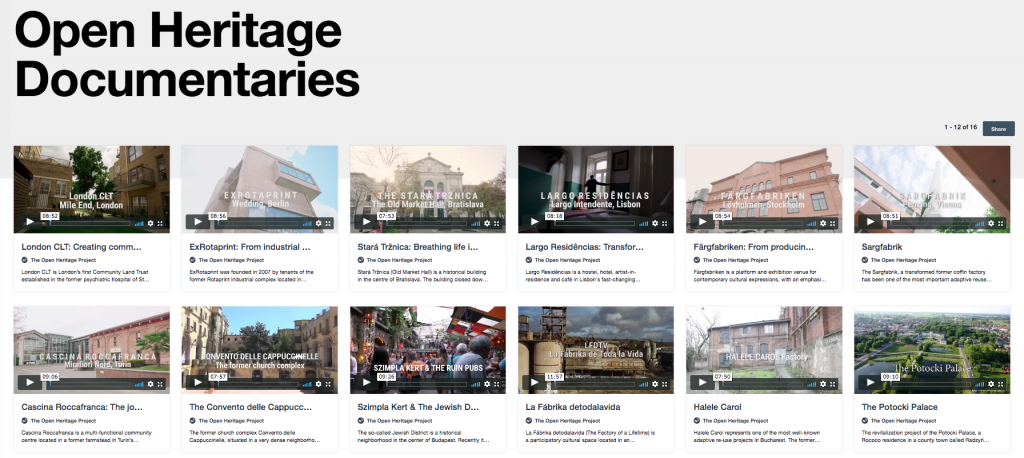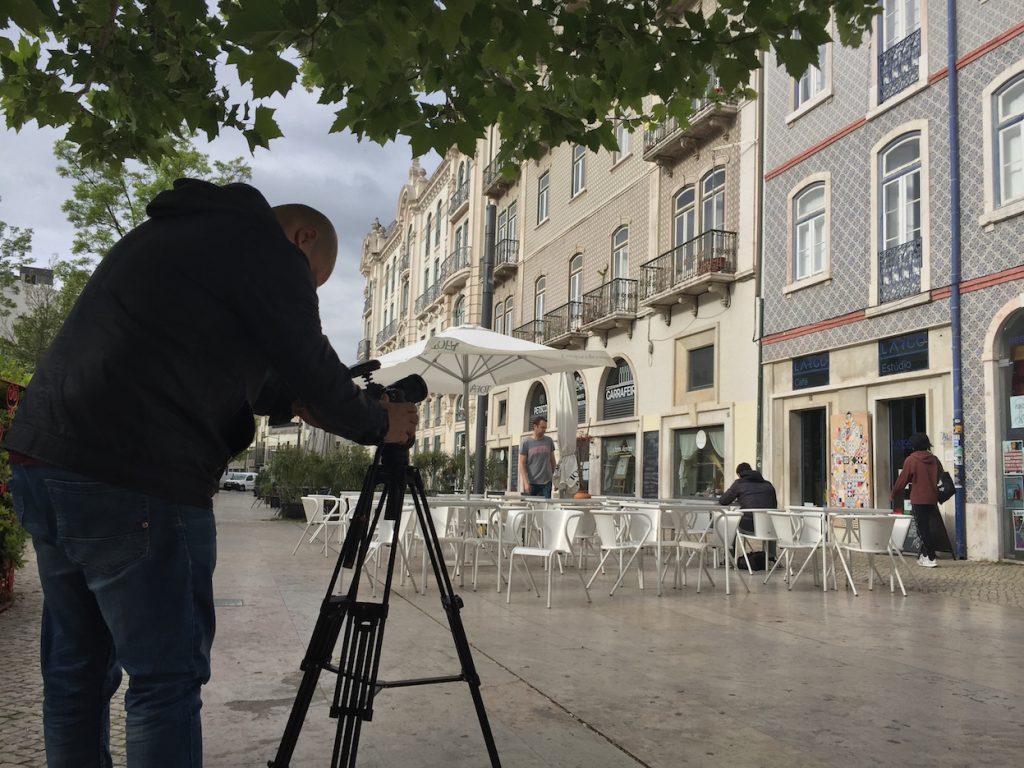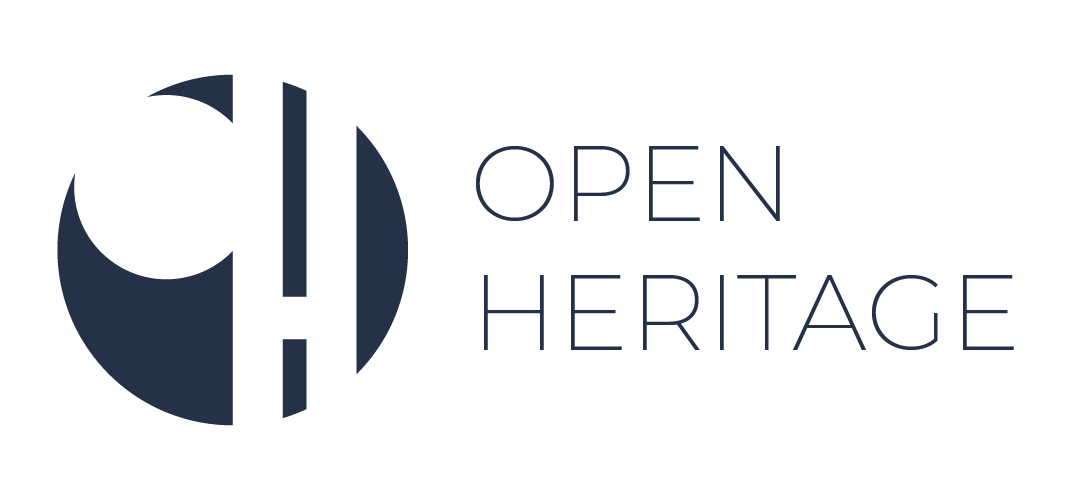Observatory Case (OC) videos are a deliverable (D2.3) of WP2 in OpenHeritage. The videos are conceived to accompany and support the Observatory Case studies in a format that is more accessible and can reach a broader audience. They tell the story of each initiative through testimonies of their protagonists, highlighting the importance of both individual engagement and community spirit. The OC videos had been produced in the first 24 months of the OpenHeritage project and will be featured in exhibitions, presentations and screenings, giving additional visibility to the OpenHeritage project and helping to advance its policy agenda. By May 2020, all 16 videos had been uploaded to OpenHeritage’s Vimeo channel and are available at the OpenHeritage website as well.

What are the Observatory Cases?
The 16 Observatory Cases at the core of WP2 provide a micro-level perspective to the research of the adaptive reuse of heritage spaces. The research of the OCs focuses on a contextualised understanding of how adaptive re-use works in practice, how the specific local circumstances interact with the larger institutional and regulatory framework, and how this interaction influences the outcome of the specific re-use projects. The 16 OCs have been selected to reflect a diversity of geographical situations and heritage assets involved, and also to provide important insights and good examples in one of the three aspects of the inclusive model of adaptive re-use put forward by OpenHeritage: community/multi-stakeholder involvement, resource integration and regional/territorial impact. Besides the OC videos, a set of detailed studies have been produced about each case, available at the OpenHeritage website.

Preparations to produce the videos
Each partner working on OC studies was responsible to produce videos about their cases. For many partners, the video production process proved to be an important learning process about how to tell the stories of initiatives with audio-visual means, reaching audiences beyond their regular public. In order to prepare partners for the process, video making guidelines were produced both concerning the video formats and the preparatory measures. In written guidelines circulated among the partnership and a webinar organised in March 2019 to clarify details, partners were advised to organise their field visits to allow
– separating the video (shorter with more concentrated and more general answers) and audio (longer, more elaborated, more in-depth) interviews;
– producing enough video materials to have a broader selection of footage to choose from (a final video uses only a small fragment of all the footage);
– spending time filming the site, the surroundings and activities taking place (these images were used to diversify the videos’ “talking heads” format);
– fixing appointments with at least 3-4 protagonists of the site, in order to have a diversity of voices.

The video format
In order to create a consistent set of videos with contributing partners, a recommended video structure and visual templates were prepared by OpenHeritage partner Levente Polyak and filmmaker Yilmaz Vurucu. A draft blueprint for the OC videos was presented at the Barcelona meeting in November 2018. Partners were asked to produce 2 types of videos for each Observatory Case:
The short “quote videos” (1-3 minutes each) are conceived for social media communication, introducing the main lines or a single aspect of the project’s concept, from the perspective of one protagonist. The recommended structure of the quote videos includes
– intro visuals (10-15s) with musical montage to set the location;
– interview with a main protagonist to explain the location and the concept through a personal story, including visual footage;
– statement about the impact created by the project;
– closing visuals (10s) with musical montage.
The longer case study videos (7-10 minutes each) are conceived for the website and professional channels. The longer format allows for a bit of elaboration of the main themes featured in OpenHeritage. The recommended structure of the longer videos includes
– intro visuals (10-15s) with musical montage to set the location;
– interview with main protagonists focusing on a definition of the place, personal motivations, the story of the building(s), the architectural challenge, community engagement, functions and activities in the building(s), financial and organisational structure, territorial impact, the possibility of transferring the initiative’s model and the innovative aspect of the project, including visual footage;
– closing visuals (10s) with musical montage.

